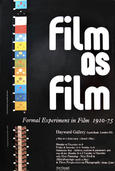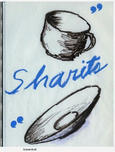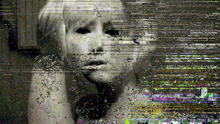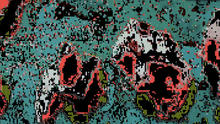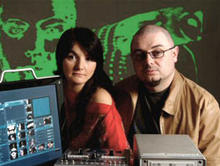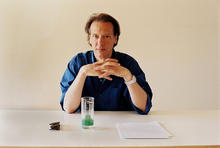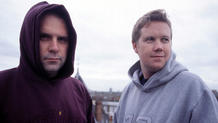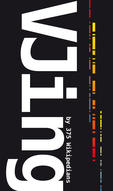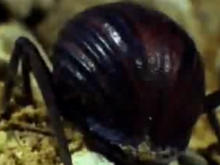Requiem for the Planes of Phosphor
(2010)by Rosa Menkman is the third part of The Collapse of PAL (rendered version) and reflects on the PAL signal as well as its termination.
Rosa Menkman used different glitches and compressions to get to the sounds and the music. The beginning 10 sec. is from a sample Daniel Wilson used in their last music video Digital ate cassette tape.
In The Collapse of PAL the Angel of History reflects on the PAL signal and its termination. This death sentence, although executed in silence, was a brutally violent act that left PAL disregarded and obsolete.
However, the Angel of History has to conclude that while the PAL signal might be argued death, it still exists as a trace left upon the new, better digital technologies. PAL can, even though the technology is terminated, be found here, as a historical form that newer technologies build upon, inherit or have appropriated from. Besides this, the Angel also realizes that the new DVB signal that has been chosen over PAL, is different but at the same time also inherently flawed.
The Collapse of PAL was first developed as a commission for SOUND & TELEVISION (Copenhagen, Dnk). "A transmission art project that explored the performativity of television in the light of the challenges brought about by the converging mediascape."
The video footage is based on the analogue PAL video signal, compressions, glitches and feedback artifacts that are complimented by (obsolete) soundscapes that originate from both analogue and digital media.
For the video Rosa Menkman exploited the analog PAL signal from a NES, image bending, a broken digital photo camera, digital compression artifacts, video bending artifacts (DV, interlacing, datamoshing and black bursts) and feedback. For the sound she used a cracklebox, feedback, a telephone eurosional, morsecode an old Casio keyboard, feedback filters and a couple of DV-compressed video soundbends.
Source: Rosa Menkman on Vimeo
